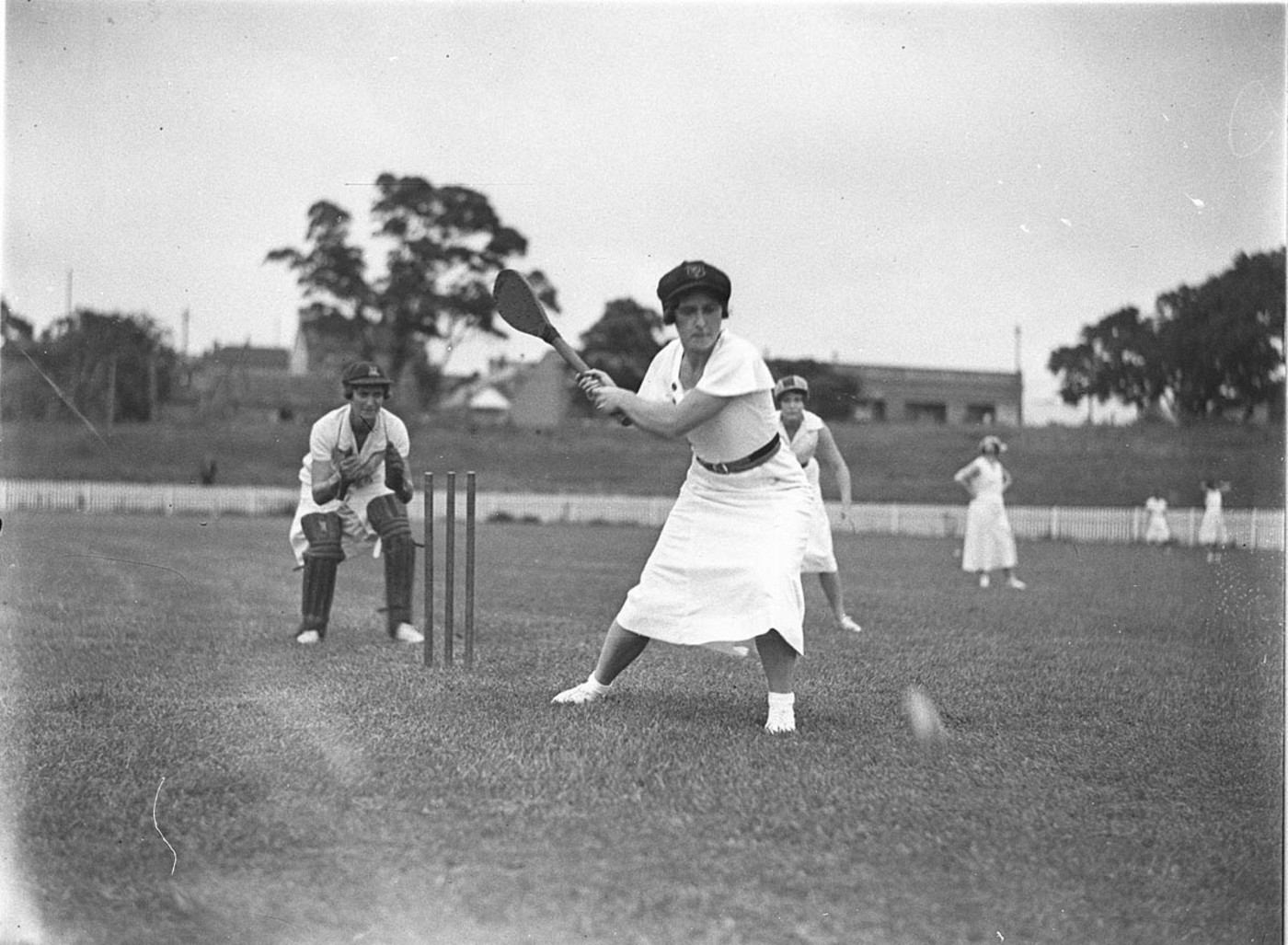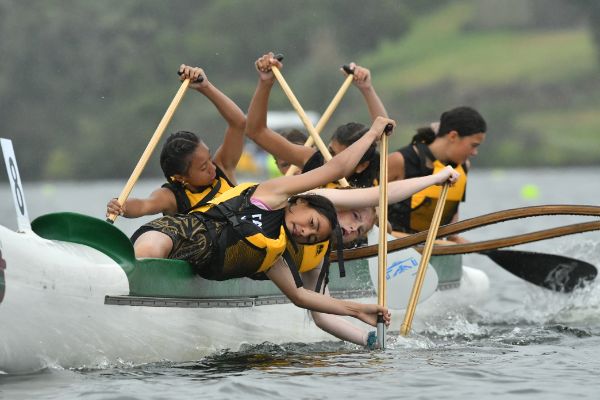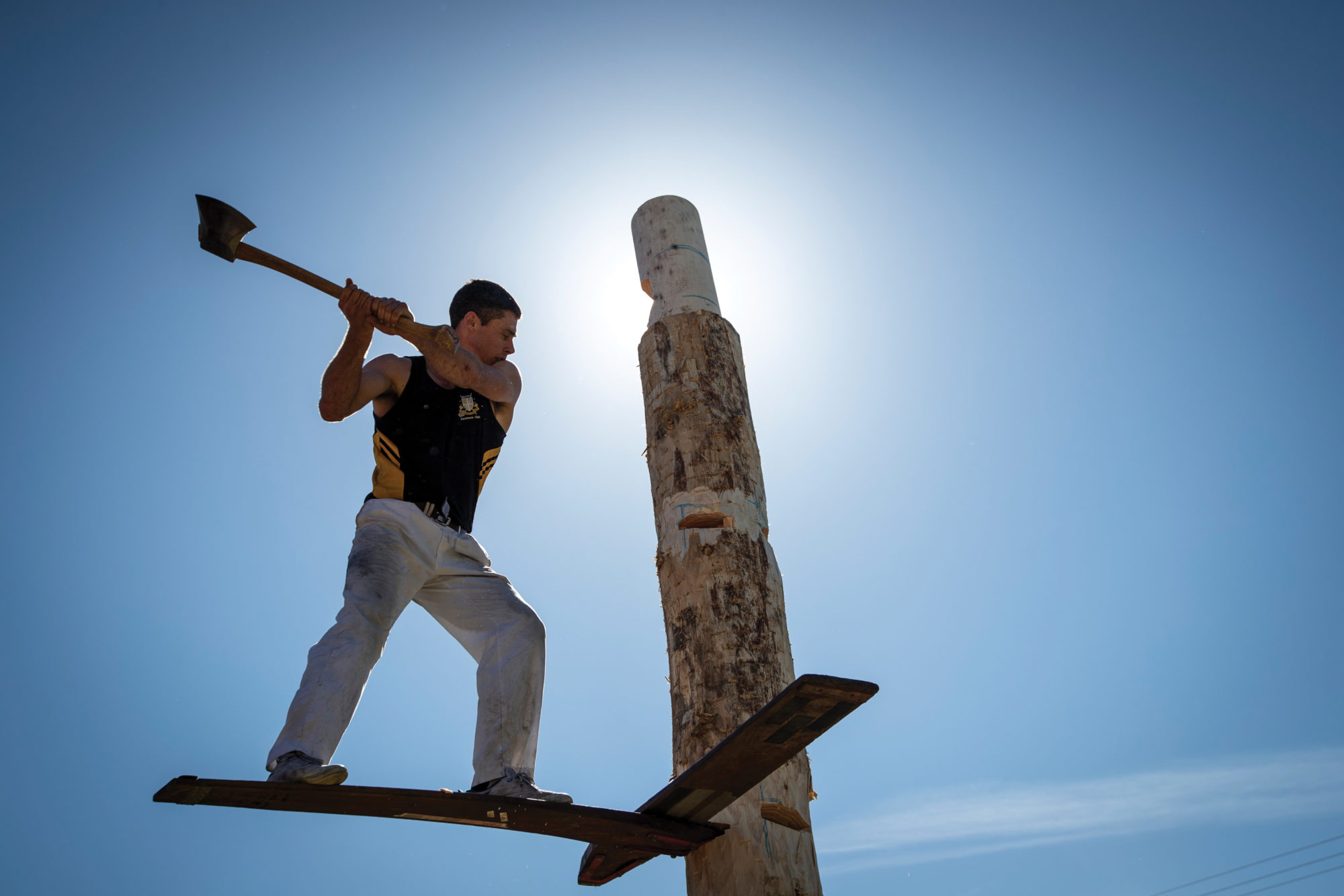- Name of sport (game): Vigoro
- Name in native language: Vigoro
- Place of practice (continent, state, nation):
Australia
- History:
Vigoro is among the games in Australia played by women. Originally, the game combined the elements of tennis and cricket, but its modern-day form is more like a combination of baseball and cricket. John George Grant invented Vigoro in the year 1901 as a sport that required the players to use tennis rackets and wicket involving six stumps. George Grant invented the game at the start of the 20th century and introduced it into the curriculum of New South Wales in the 1920s.
Vigoro originated from an Anglo Norman word, vigorous. The word means active and strong in body. The word appeared in print for the first time on March 23rd, 1931 on Sydney Morning Herald.
The first major organized game of Vigoro was played by men before the MCC committee at Lord’s Cricket Ground, where court tennis star Eustace Miles’ team defeated the team led by Bobby Abel, the famous Surrey cricketer, winning by an innings. The earliest iterations of Vigoro saw the usage of tennis racquets, large rubber balls and six stumps in place of cricket’s usual 3-stump wicket. After some initial buzz, as it turned up in venues like Queen’s Club and Crystal Palace in the early half of the 1900s, English interest in the game began to subside. But a lack of English establishment did not mean extinction for Vigoro.
It found great press on Australia where it was introduced following the First World War This dissemination can be pinned on Ettie Doge, who had inherited the copyright of Viogro from John Grunt upon his death. Wife to a merchant who sold Vigoro equipment in South Wales (Dodge & Co.), Ettie was the second and long-time president of New South Wales Woman’s Vigoro Association since 1919, and also founded the AAA (All Australian Vigoro Association), taking up the role of the foundational president in 1932 to promote Vigoro in Australia. - Description:
The scoring and dismissals are similar to what you expect in cricket, but you should expect a few techniques that make Vigoro faster. Here are a few of them:
The pitch is shorter in length compared to the cricket pitch, the ball is light and the bat is differently shaped.
The game involves two teams made of 12 players each.
The game has no overs
The batters have to bat solely from one end
The game involves two alternating bowlers. It can integrate any form of throwing action provided that the thrower releases the ball above the shoulder.The ball is not as heavy as a cricket ball, but the court maintains roughly the same proportions and dimension of a modern cricket outfield, with a slightly smaller pitch. The object of the game, same as cricket and most other stick-and-ball games, is to simply score more than the opponent team. This is not done against a time limit or an over limit, however, turning the affair into a game of bowling to knock the stump off, so to speak. The lack of an over limitation is comparable to Test cricket – which was, after all, the only available cricket form at the time Vigoro was thought of.
The games are played between two teams of 12 players each – all of whom can bat, bowl, or field. The game is played in two innings where each team takes turn bowling and batting. An innings is dropped if the victory of one team is confirmed before it. Like cricket, batsmen can bat only from a striking end. Unlike cricket, there are no overs, and so no obligation to switch and swap bowlers over a threshold number of deliveries. Instead, two bowlers bowl alternately. The allowance of bowling actions is also much less inhibitive than Test cricket norms, with the only chief point of discouragement being underarm play.
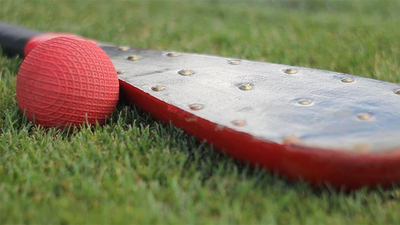
- Current status:
Today, Vigoro has become a staple women’s sport in Australia and has various annual tournaments held across four divisions, including an interstate competition. Teams from Tasmania, New South Wales and Queensland participate in these games, while at the same time hosting their local Vigoro leagues.
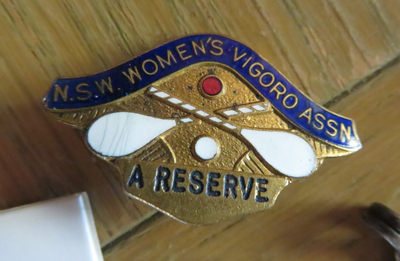
- Contacts:
Vigoro Australia
Web: https://vigoro.com.au/
Queensland Vigoro Association
Postal Address: 19 Marvin Street, Eastern Heights, Q, 4305
Email:This email address is being protected from spambots. You need JavaScript enabled to view it.
Web: https://www.qldvigoro.com.au
Fb: https://www.facebook.com/QueenslandVigoroAssociation/
Ipswich Vigoro Association
25 Joyce Street East, Ipswich, QLD, Australia, Queensland
Tel.: +61 433 576 689
Email:This email address is being protected from spambots. You need JavaScript enabled to view it.
Web: https://www.ipswichvigoro.com.au
Instagram: https://www.instagram.com/ipswichvigoro/
Fb: https://www.facebook.com/ipswichvigoro/
Cairns Vigoro Association
Fb: https://www.facebook.com/cairnsvigoro/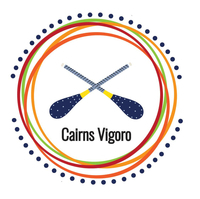
NSW Vigoro
Fb: https://www.facebook.com/nswvigoro/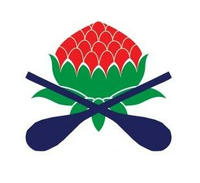
- Sources of information :
Articles:
https://vigoro.com.au/
https://www.bbc.com/news/magazine-28237387
https://paperspast.natlib.govt.nz/newspapers/WC19010816.2.4
https://www.abc.net.au/local/videos/2013/03/22/3721875.htm
https://www.abc.net.au/news/2022-06-15/vigoro-popular-sport-still-played-in-queensland-ipswich-cairns/101149908
https://www.sportzcraazy.com/vigoro-a-combination-of-cricket-and-tennis/Video:
https://www.youtube.com/watch?v=s9PqtPeCbD0
https://www.youtube.com/watch?v=uFs0XMTClmkThe information contained in the article comes from the following sources:
https://vigoro.com.au/
https://www.sportzcraazy.com/vigoro-a-combination-of-cricket-and-tennis/Source of photos used in this article and gallery:
https://vigoro.com.au/
https://www.cairnspost.com.au
https://www.qldvigoro.com.au/
https://www.couriermail.com.au/news/queensland/ipswich/sport/new-captain-to-lead-young-guns-at-vigoro-championships/news-story/560422b630bdf97a478b7ad5f2190108
https://www.sportzcraazy.com/vigoro-a-combination-of-cricket-and-tennis/
https://www.couriermail.com.au/news/queensland/fraser-coast/sport/vigoros-big-hit-on-oval/news-story/63df7ccb34c791d5966c636f088a8e21 - Gallery:
- Documents:
- Name of sport (game): waka ama
- Place of practice (continent, state, nation):
New Zealand
- History:
Waka ama have been widely used in the smaller islands of the Pacific for centuries, but had become very rare in New Zealand by the time the first European explorers arrived. Although there were occasional sightings of waka hourua (double-hulled canoes), used for fishing and as work platforms, waka ama were seldom noted.
When British explorer James Cook was passing Māhia on the North Island’s east coast on his first voyage to the Pacific in 1769, his ship was approached by a number of canoes. The artist Sydney Parkinson noted, ‘Several of the canoes had outriggers; and one of them had a very curious piece of ornamental carving at the head of it.’ On Cook’s second voyage, in 1773, more canoes were seen at Queen Charlotte Sound. Georg Forster recorded that some ‘had an outrigger, or narrow piece of plank, fixed parallel to one side of the canoe by means of transverse poles, to prevent their oversetting.’ However, both men noted that outrigger canoes were relatively rare even at the time, and later observers such as missionaries did not mention them at all.
Physical evidence of waka ama in New Zealand is limited to a single, very old, canoe dug out of swampy ground on the Taieri plains, Otago, about 1895. Its hull shape is unlike any other known Māori canoe, and it appears to have been made with stone tools. The only known example of an ama (outrigger) was found at Moncks Cave, near Sumner, in the late 19th century.
The absence of waka ama may be due to the many large trees in New Zealand compared with other Pacific islands. Unlike their Polynesian forebears, Māori waka builders were able to build hulls that were wide and stable, and did not need ama to help keep them upright. - Description:
Waka ama is the New Zealand term for the sport of outrigger canoeing. The name distinguishes an outrigger canoe from other types of waka (canoes).
Most Māori waka, such as waka taua (war canoes), waka tīwai (river canoes) and waka tētē (sea-fishing canoes), have a single hull, carved from a tree trunk broad enough that the beam (width) of the waka is greater than the depth of the hull. The beam of a waka ama hull is narrower than its depth, and requires an outrigger float to prevent capsizing. This is called an ama or amatiatia, and is lashed to two crossbeams, known as kīato, which are lashed in turn to the hull. The ama is usually attached to the left-hand side of the hull.
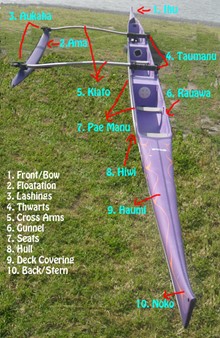
Source: https://wikieducator.org/NZ/NCEA/Level2/PhysicalEducation/WakaAma/Equipment - Current status:
Waka ama are widely used in the Pacific for fishing, carrying goods, travel and racing. Waka racing is a popular sport in Hawaii and French Polynesia.
In New Zealand there was a resurgence of interest in waka ama in the late 1980s, after the double-hulled canoe Hawaikinui was built and sailed from Tahiti to New Zealand. Clubs were set up around the country, and in 1987 a national body was formed. National championships have been held annually since 1989. Since 1990 New Zealand has sent teams to the World Va’a (waka) Championships every two years. New Zealand teams have become world champions in some divisions.
In 2012 the national body, Waka Ama NZ, represented over 1,000 members in 43 clubs.
Most waka ama today are built out of composite materials such as fibreglass. Designers try to make them faster and more responsive. Waka ama clubs often emphasise Māori language and customs associated with waka building and paddling. Waka ama are mostly used for racing, but some people also use them for fishing, or just for fun.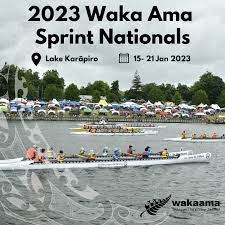

- Importance (for practitioners, communities etc.):
The book about waka ama:
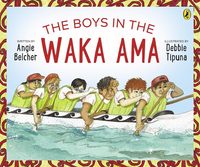
This story follows a team of six boys training together for a waka ama competition, from their early morning training sessions to the day of the big race. We see the dedication and the determination on their faces showing their passion for the sport, and witness the necessary teamwork and whanau support that leads to their success.
Waka ama, outrigger canoe racing, is a Polynesian sport growing in popularity in New Zealand. Integral to the sport are Māori culture and values such as Kotahitanga - inclusivity, and Whanaungatanga - belonging, identity and collective strength. This story is a great way to demonstrate and perhaps initiate a discussion on the values of teamwork, dedication, leadership and respecting Aotearoa's cultures - all values important to both the New Zealand Early Childhood and Primary curriculums. Therefore, this book would not only be great addition to the home library but also an excellent resource for teachers. - Contacts:
International Va’a Federation

Web: http://www.ivfiv.org/
E-mail:This email address is being protected from spambots. You need JavaScript enabled to view it.
Fb: https://www.facebook.com/InternationalVaaFederation
YouTube: https://www.youtube.com/channel/UCbm78wz5yVJrWfVLO6nacNA
Instagram: https://www.instagram.com/vaainternational/Wakaama

PO Box 42036 Orakei 1745
Auckland
Physical Address
Hyundai Marine Sports Centre
10 Tamaki Drive Orakei
Auckland 1071
Web: https://wakaama.co.nz/
E-mail:This email address is being protected from spambots. You need JavaScript enabled to view it.
Fb: https://www.facebook.com/wakaama/
Instagram: https://www.instagram.com/wakaamanz/ - Sources of information :
Articles:
https://www.nzherald.co.nz/rotorua-daily-post/news/record-number-of-paddlers-in-action-at-national-waka-ama-sprint-championships/6L5P3IF3QPJSQUG6OPXXINWA2Y/
https://sportnz.org.nz/resources/growth-of-waka-ama/
https://www.youtube.com/watch?v=KbQe9GLx_h4
https://www.youtube.com/watch?v=cdIDro_vv_0
https://www.youtube.com/watch?v=Mp7aTAXvTg4&t=27s
https://www.youtube.com/watch?v=jx4-K3VtzR8Video:
https://www.youtube.com/watch?v=Mp7aTAXvTg4&t=1sThe information contained in the article comes from the following sources:
https://teara.govt.nz/en/waka-ama-outrigger-canoeing
Hoturoa Barclay-Kerr, 'Waka ama – outrigger canoeing - Traditional waka ama', Te Ara - the Encyclopedia of New Zealand, http://www.TeAra.govt.nz/en/waka-ama-outrigger-canoeing/page-1
https://www.pinkshirtday.org.nz/stories/story/123/the-boys-in-the-waka-amaSource of photos used in this article and gallery:
https://www.nzherald.co.nz/rotorua-daily-post/news/record-number-of-paddlers-in-action-at-national-waka-ama-sprint-championships/6L5P3IF3QPJSQUG6OPXXINWA2Y/
https://sportnz.org.nz/resources/growth-of-waka-ama/
https://www.scoop.co.nz/stories/CU2101/S00098/day-3-waka-ama-sprint-championships-2021.htm
https://www.maritimenz.govt.nz/content/recreational/waka.asp
https://www.cambridge.co.nz/events/tpoti-regional-waka-ama-sprint-regatta/
https://teara.govt.nz/en/waka-ama-outrigger-canoeing
https://ngaitahu.iwi.nz/our_stories/hiwa-i-te-rangi-tk83/
https://kellyrd.co.nz/cambridge-events/waka-ama-sprint-nationals/ - Gallery:
- Name of sport (game): Woodchopping
- Place of practice (continent, state, nation):
New Zealand
- History:
Woodchopping called woodchop for short, is a sport that has been around for hundreds of years in several cultures.
On Antipodes, it has been said that the sport we now know as woodchopping originated as the result of a bet between 2 men in a bar in Ulverstone, Tasmania in 1870. Jack Biggs from Warragul, Victoria and Joseph Smith form Ulverstone, had a wager for £25 to see who could fell a tree the fastest.
Many of the axemen of today still work within the timber industry, which is of course no longer reliant on manpower for harvesting. As the years have passed the sport has developed into a much more sophisticated affair which includes, Underhand chopping, Standing Block Chopping, Treefelling, Single and Double handed Sawing and Axe throwing. - Contacts:
New Zealand Axemen's Association
https://www.nzaxemen.org.nz/
E-mail:This email address is being protected from spambots. You need JavaScript enabled to view it.
Tel. +64 027 277 5358
The Secretary
RD 2,
Winton
New Zealand
- Sources of information :
Articles:
http://www.nswaxemen.asn.au/Introduction/Introduction.html
https://www.nzgeo.com/stories/block-busters/
https://paperspast.natlib.govt.nz/periodicals/TLR20130101.2.9Video:
https://www.youtube.com/watch?v=gHo_6aNxpSg
https://www.youtube.com/watch?v=-GEii9zLVt0
https://www.youtube.com/watch?v=uwcFng9wfDsSource of photos used in this article and gallery:
https://www.nzgeo.com/stories/block-busters/
https://www.stuff.co.nz/business/farming/117402021/veteran-axeman-cutting-the-path-for-young-woodchoppers
https://natlib.govt.nz/records/22685718
https://www.localmatters.co.nz/hibiscus-news/carnival-to-pull-top-domestic-choppers-out-of-woodwork/
https://www.infonews.co.nz/news.cfm?id=120748
https://teara.govt.nz/en/photograph/16770/wood-chopping-competition
https://perthroyalshow.com.au/exhibits-at-the-show/wood-chopping/
https://paperspast.natlib.govt.nz/periodicals/TLR20130101.2.9 - Gallery:

